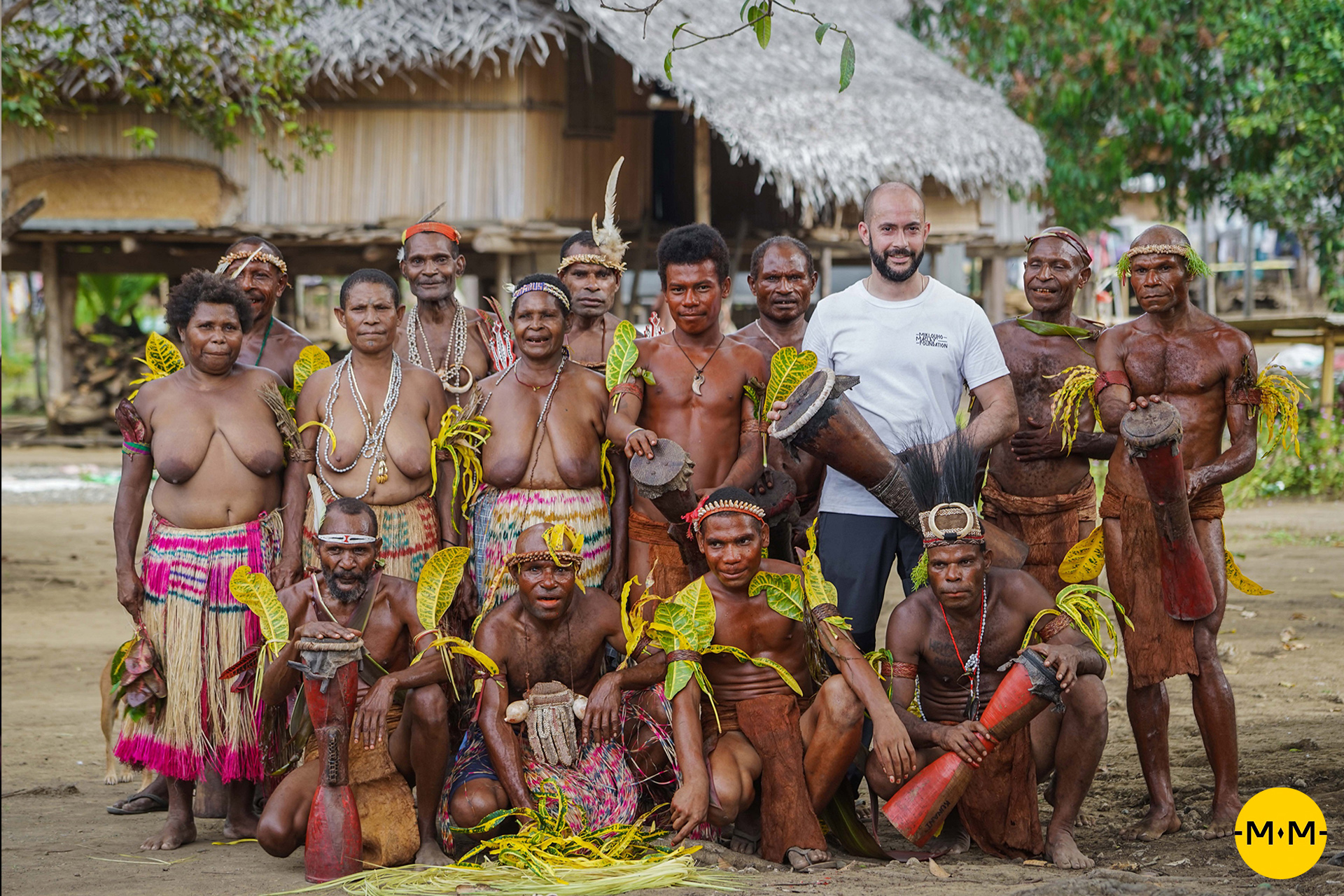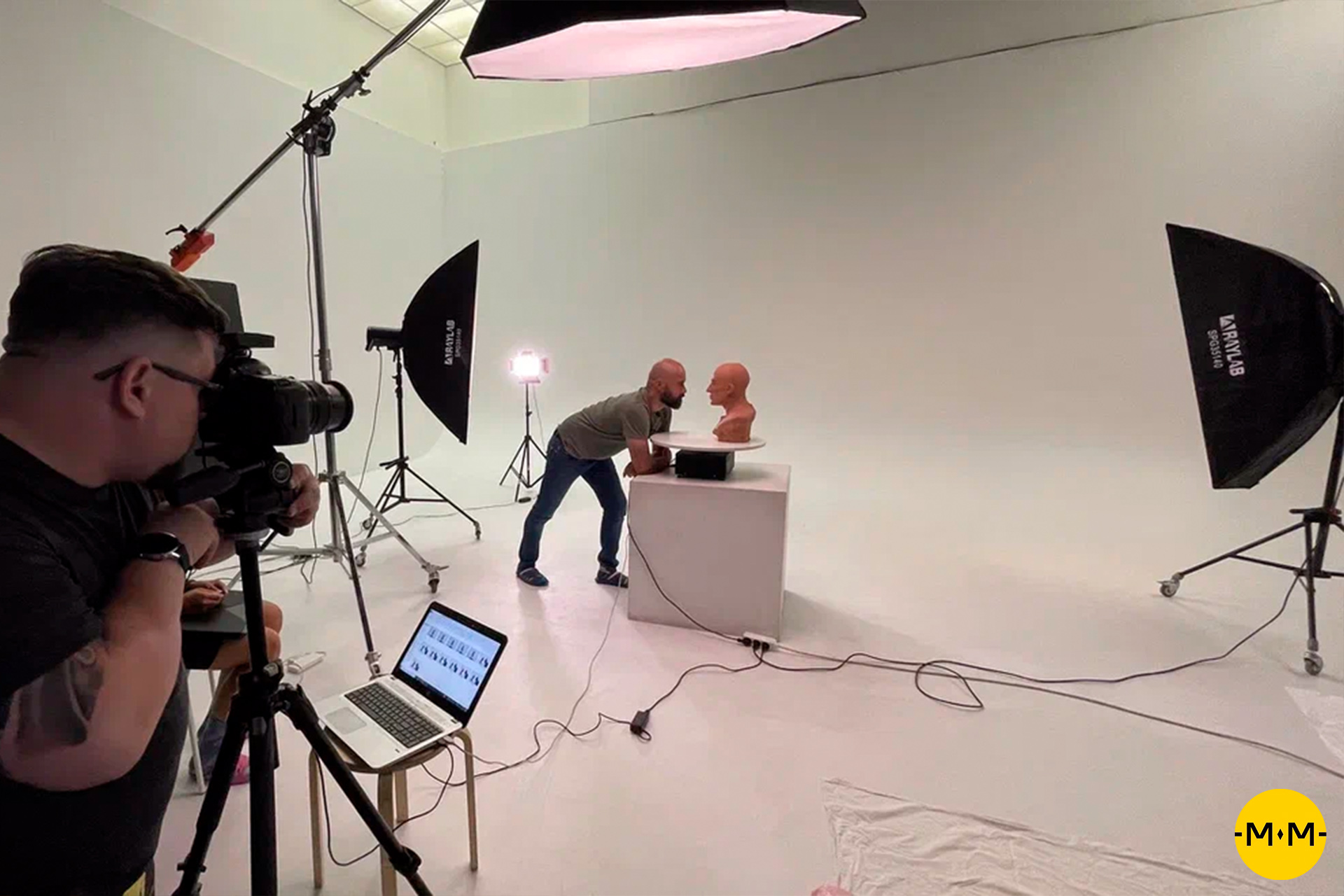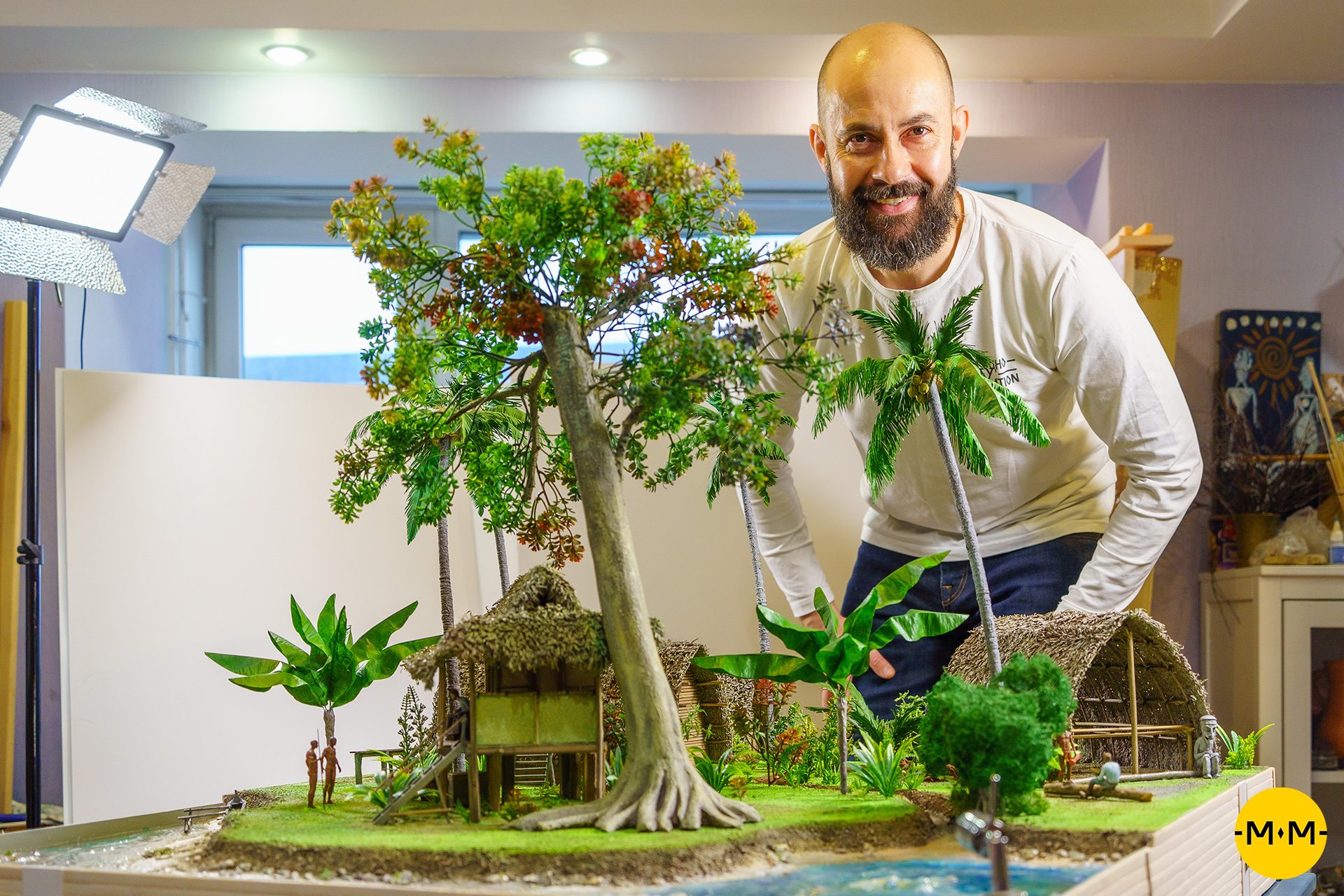In the year of the 175th anniversary of the scientist the first in Russia Miklouho-Maclay Online Museum was opened. It gives an opportunity to travel virtually through the fascinating world of the Maclay Coast, discovered by the Russian scientist.
For reference:
Nikolay Nikolaevich Miklouho-Maclay (1846 – 1888) is a world-known humanist scientist, traveler and progressive public figure, who explored the peoples of Oceania, Australia and Southeast Asia.
His reputation as a courageous explorer, who pioneered many scientific disciplines, has always stirred interest to his person. His contributions in ethnography and physical anthropology were especially significant. For example, he disproved the racist views of some scientists of the time that the indigenous people (Papuans) of the Maclay Coast belonged to an intermediate link between human and animal, leaving behind a crucial ideological legacy for all mankind on the equality of races and peoples, emphasizing the unacceptability of violent suppression of cultures, the imposition of alien stereotypes, forced cultural integration and colonial policies.
How the Online Museum was created and what can we see on the website we asked the founder and Director of the Miklouho-Maclay Foundation, a descendant and full namesake of the outstanding scientist N. N. Miklouho-Maclay.
Nickolay Nikolaevich, how did you come with the idea of creating a museum after your famous ancestor?
First of all, it is worth saying a few words about the mission of the Miklouho-Maclay Foundation – preserving traditions, cultivating respect for cultures and values of the world’s peoples. We organize research expeditions, support and encourage scientific research and promote humanistic ideas on the equality of races envisioned by N. N. Miklouho-Maclay. The museum allows to solve many of these tasks and present to the people the heritage of the outstanding scientist and traveler.
We are all collectors by nature. The idea of creating a museum that would serve everyone appeared after an expedition in the footsteps of my great-granduncle, which I organized in 2017 with a team of scientists from Moscow and St. Petersburg. The goal was to conduct comprehensive scientific research, the result of which can be seen on the Foundation website in the form of completed projects, as well as in publications, which were made by me already as a research fellow of the Institute of Oriental Studies of the Russian Academy of Sciences.
For reference:
The Miklouho-Maclay Foundation for the Preservation of Ethnocultural Heritage website: www.mikluho-maclay.org/en/
N. N. Miklouho-Maclay Jr.’s website: www.nnmm.info
It was the indigenous people (Papuans) of the Maclay Coast, with whom we had an unforgettable meet, who encouraged me to create the museum that is now available to absolutely everyone. It is based on a collection of high scientific and cultural value, presented to me as a gift by local people, who persuaded me to show it to Russians, as Miklouho-Maclay did in the XIX century.
The story began when I asked the Elders to bring and show me what were the objects of their material culture and everyday life, which they were using at that time. They were surprised, but I explained that it might be interesting not only for Russians, but for the whole world, because Nikolay Nikolaevich had gathered a similar collection 150 years ago and it would help, through comparison, to identify the changes that occurred in the life of the indigenous inhabitants of the North-East of the New Guinea Island.
I showed prepared in advance photos of the collections and items donated by the Miklouho-Maclay family to the Peter the Great Museum of Anthropology and Ethnography (Kunstkamera), and the reaction was unforgettable – cheers and heated discussion, and after a while they confessed that many items were still in use.
The next morning, they started bringing everything they used in everyday life and during the holidays from everywhere of the Maclay Coast to the hut in Gorendu village where we stayed in. Each family came up and explained what for and how they used the items. We managed to make photos and videos and write down their comments.
Elders Yaboi and Asel Tui told everyone that the items each brought Maclay would display in Russia and they would become a part of a new collection of modern Maclay. Asel Tui said that they would donate all of the items from heart to heart. It was very touching, as I felt that invisible thread that connected all of us through the centuries – me and the Papuan friends (Papua New Guineans), Russians, well familiar with the travels of the brave pioneer, who thought he was heading for certain death, as there were rumors of bloodthirstiness of Papuans (indigenous people).
Nikolay Nikolaevich debunked this myth forever, refuting the information about the aggressiveness of the locals, fueled at the time in some European countries, and left behind an ideological heritage, relevant even today, on the equality of races and peoples, the importance of respect for the traditions and culture of all peoples of the world.
And why was the online format chosen?
Nowadays, unfortunately, it is becoming increasingly difficult to conduct face-to-face events and expeditions due to the epidemiological situation, and we all have to adapt – we are trying to transfer our activities into the virtual space.
Having got the successful experience of organizing and conducting face-to-face exhibition and museum projects, which, unfortunately, cannot be available to visitors on a daily basis, an online format in Russian and English was chosen for the museum.
Also, it is not a secret that the youth of the XXI century prefer to get information via internet. All this was accumulated in the Miklouho-Maclay Online Museum.
What can we see in the Online Museum?
The Museum has a collection that has analogues to those items that Miklouho-Maclay had collected 150 years ago. There is a detailed copy of the traveler’s tropical apparel, the Maclay Coast model layout, a unique map with more than 150 points of stay of Nikolay Nikolaevich telling the story of his travels not only to the shores of the New Guinea Island, but around the world.
In fact, at the moment, the Online Museum materials are an educational resource that allows to introduce N. N. Miklouho-Maclay’s studies and his principles of respect for the cultures and traditions of the peoples to the younger generation.
There are also collections of books and films on the website; articles prepared by specialists, pedagogues, scientists of the Russian Academy of Sciences. All the materials and information were thoroughly checked so they could be used by scientists or anyone interested in history, geography and travels.
Are there plans to replenish the museum’s collection?
Definitely. The ease of using the resource for educational purposes and accessibility will allow the resource to develop independently, as well as be replenished with new exhibits and attract more and more participants to the project.
We welcome everyone to the adventure world of the brave explorer and traveler Nikolay Nikolaevich Miklouho-Maclay!
Miklouho-Maclay Online Museum website: https://mikluho-maclay.online/?lang=en
The project “Miklouho-Maclay Online Museum” is implemented by the Miklouho-Maclay Foundation for the Preservation of Ethnocultural Heritage with the support of the Presidential Grants Foundation.





